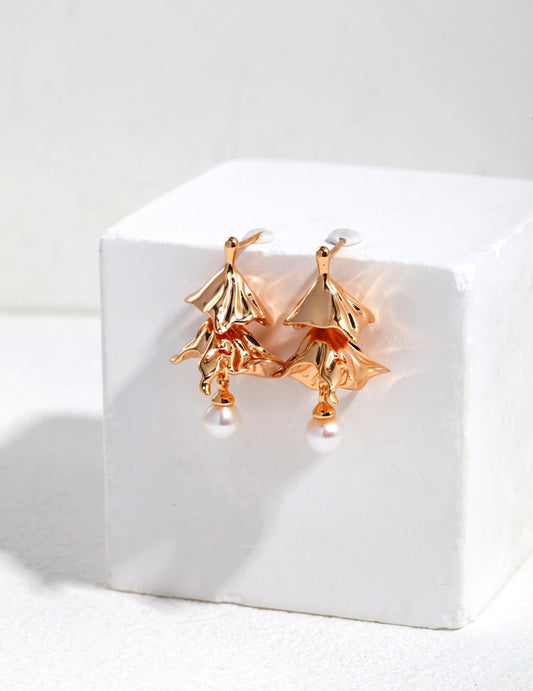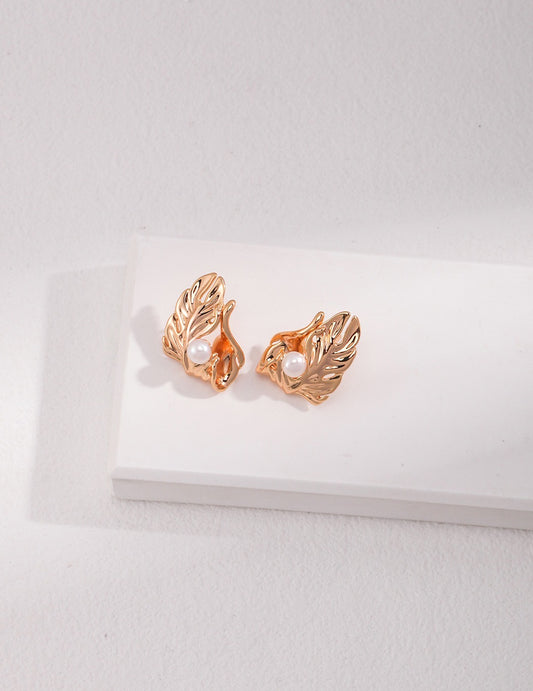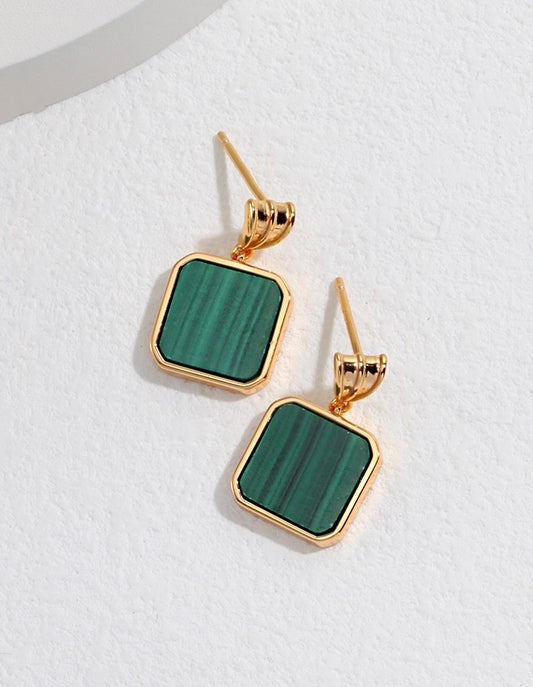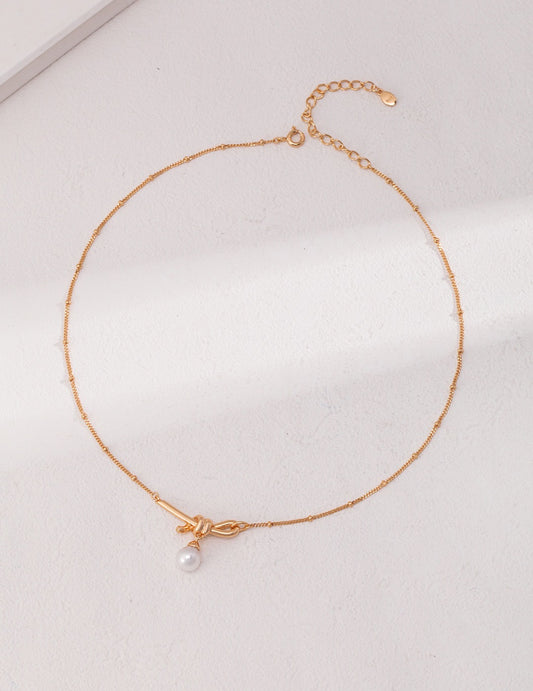When comparing freshwater pearl necklaces to saltwater pearl necklaces, it can be confusing to determine their origin based solely on their shape and color, despite both being natural materials (unlike some jewelry stores that use plastics).
Therefore, here are 5 simple tips to help you determine whether your pearl necklace is from freshwater or saltwater.
5 Differences between Freshwater Pearl Necklaces vs Saltwater Pearl Necklaces
A. Source
Freshwater Pearls: Cultivated in freshwater mussels

Produced by oysters in saltwater

B. Environment
Freshwater Pearls: Rivers, lakes, and ponds

Saltwater Pearls: Saltwater environments, such as oceans and seas

C. Shape and Size
Freshwater Pearls: Irregular shape, smaller size
Rounder, larger size, more uniform shape
D. Color
Freshwater Pearls: Wide range of colors (white, cream, pink, lavender)

Various colors, commonly white and cream
Freshwater Pearls: Multiple pearls grown in a single mussel

Saltwater Pearls: Single pearl formed with bead nucleus
Freshwater Pearls: More abundant and affordable
Saltwater Pearls: Rarer and higher priced due to rarity
For those who love wearing pearl necklaces or pearl earrings, and are passionate about pearl jewelry, freshwater pearls are undoubtedly an excellent choice over saltwater pearls due to their lower costs, making them more accessible to own.
Additionally, freshwater pearls offer more versatility in necklace designs, as their varied colors and irregular shapes allow for a multitude of interesting and creative designs, such as grey pearl necklace, irregular pearl necklace, large baroque pearl bracelet or even Mother-of-pearl earrings. In some jewelry designs, adding a pendant can enhance both the attractiveness and the meaning of the piece, such as Lucky knot pearl necklaces and Bracelet of Three Tiny Seashells.
1. Grey Pearl Necklace
Grey pearls are unique, especially when it comes to jewelry designs. Grey pearls can exhibit different colors due to various factors, including the type of mollusk that produces them, the environment in which they grow, and any treatments they may undergo. These factors can influence the hue, tone, and saturation of the pearls, resulting in variations ranging from light grey to dark grey, with undertones of blue, green, purple, or pink. The diagram above clearly displays various shades of grey pearls, indicating that this necklace is of excellent quality.
Additionally, the presence of natural impurities can also contribute to the diverse range of colors observed in grey pearls.
Spiritual Meanings of Grey Pearls
Grey pearls, also known as Tahitian pearls or black pearls, symbolize wisdom, sophistication, and mystery. They are associated with calmness, emotional stability, and inner strength. Grey pearls are believed to promote feelings of tranquility and balance, making them ideal for individuals seeking grounding and harmony in their lives. Additionally, they are often considered symbols of elegance and refinement, making them popular choices for sophisticated jewelry designs.
2. Baroque Pearl Bracelet
While both baroque pearls and normal freshwater pearls originate from freshwater sources, unlike traditional spherical pearls, baroque pearls come in irregular shapes, often with asymmetrical contours and intriguing surface textures. This uniqueness adds character and individuality to each pearl, making them highly sought after by jewelry enthusiasts.
Jewellery Allergies: How to Choose Hypoallergenic Jewellery for Your Skin
5 Spiritual Meanings of Lapis Lazuli Jewelry
10% Off Estincele Jewellery Coupon Code: (2 Active) April 2024









